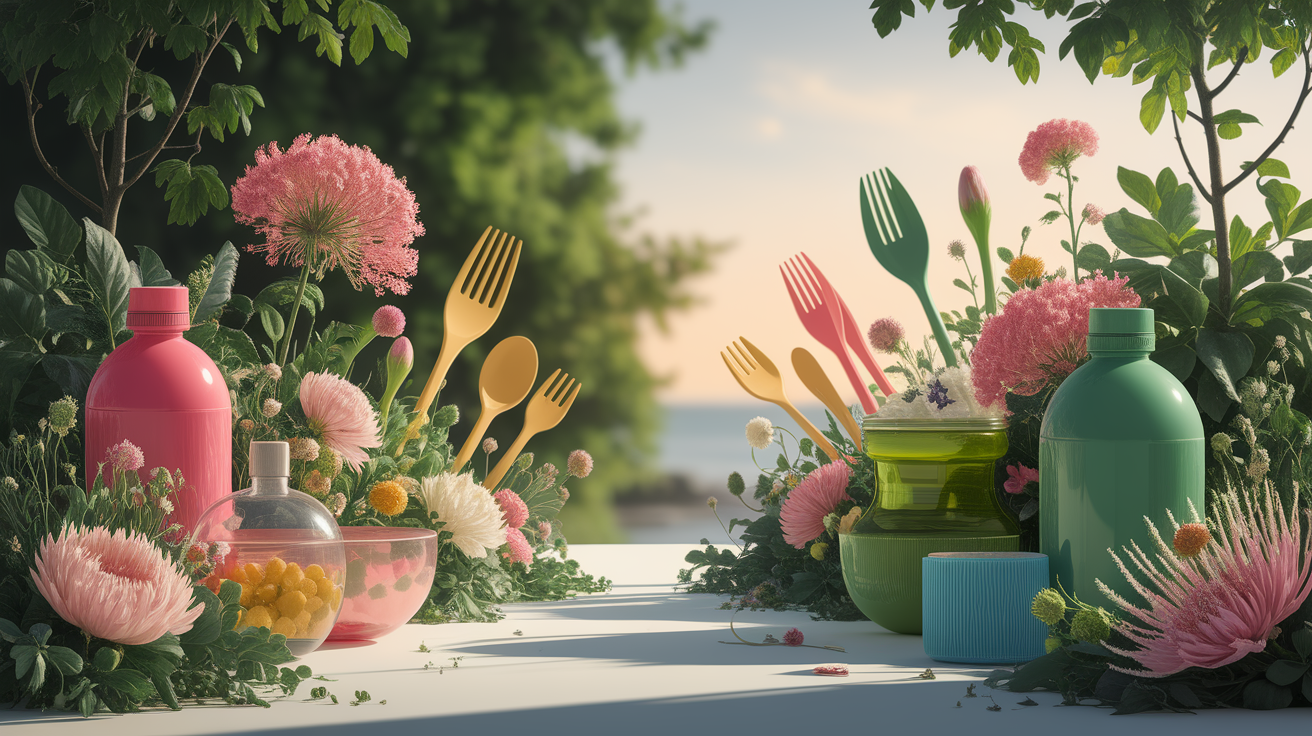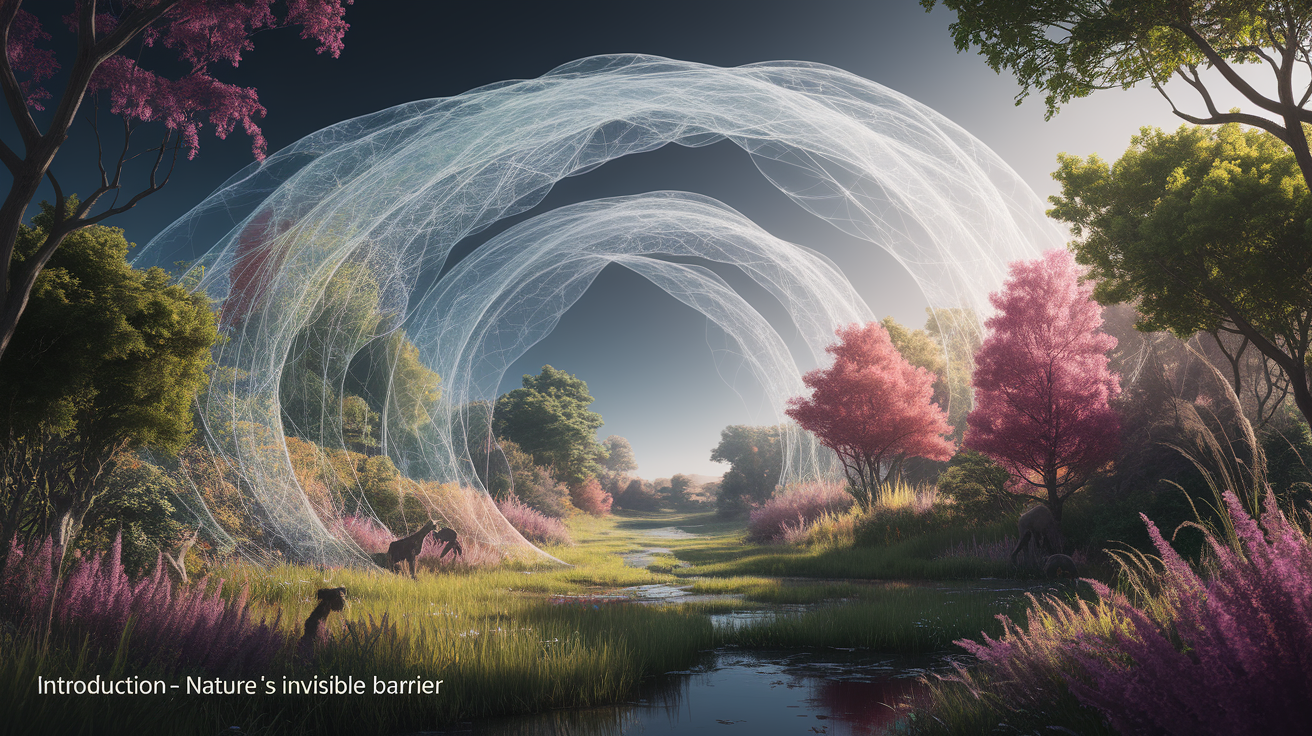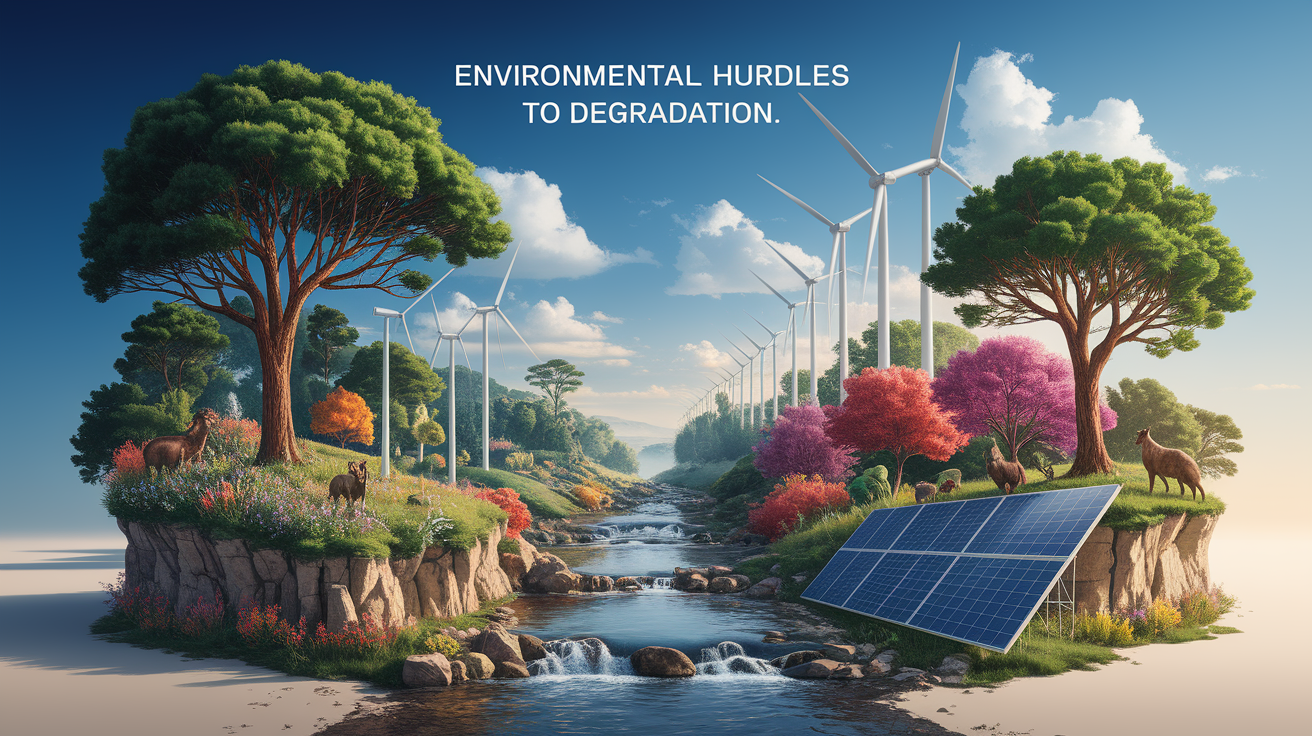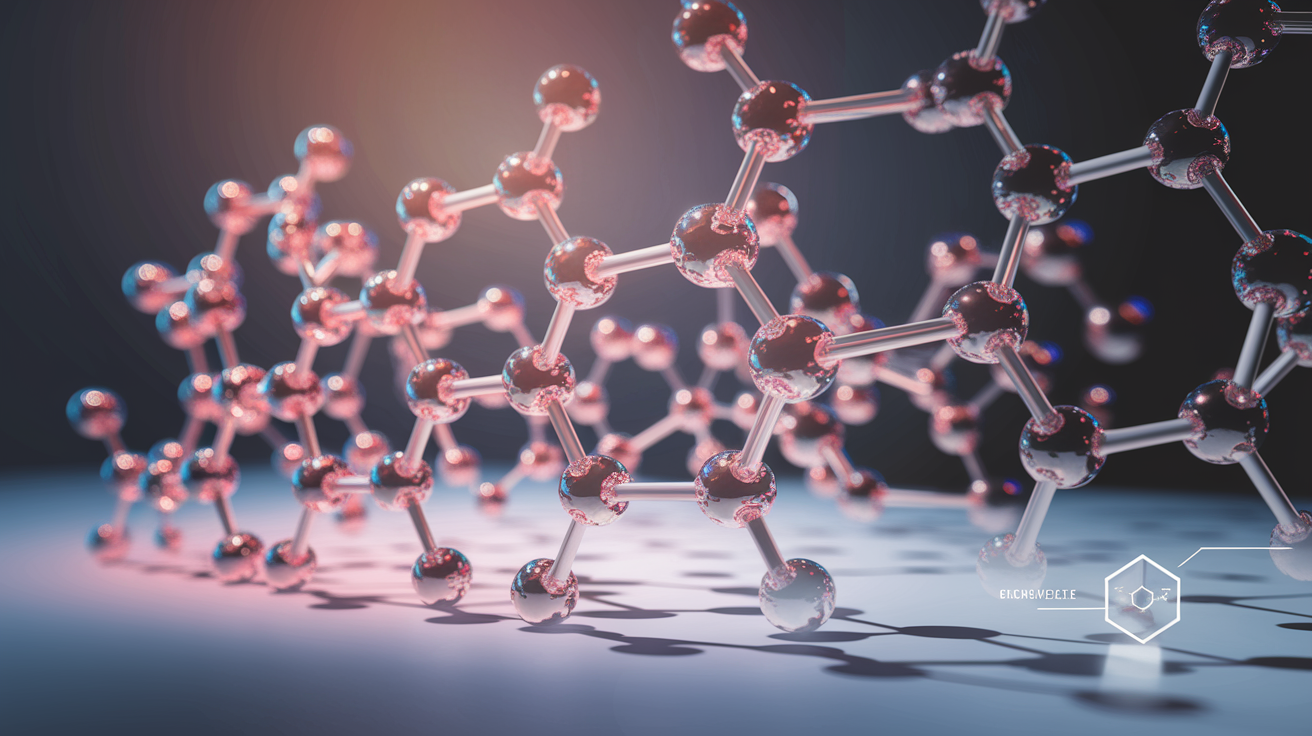Quick Answer: Most plastics don’t biodegrade because their tough molecular structure and strong chemical bonds are unrecognizable to the microorganisms that break down natural materials. Combined with slow environmental breakdown processes, plastics can persist for centuries or longer in landfills, oceans, and ecosystems.
Introduction – Nature’s Invisible Barrier
When you toss a banana peel in the compost, it can disappear in a matter of weeks. Throw away a plastic bag, and it might still be around hundreds of years from now. The difference lies in something invisible to our eyes: the chemical and physical make-up of these materials. While banana skins are made of organic compounds that microbes can digest easily, plastics are synthetic materials with structures nature has never encountered before, creating a kind of invisible shield against the natural forces of decay.

Molecular Chains That Resist Breakdown
At the heart of the problem are plastics’ molecular building blocks — polymer chains. Most conventional plastics are derived from petrochemicals through processes that link small units called monomers into extremely long chains held together by strong carbon–carbon bonds. These bonds require a great deal of energy to break. For example, polypropylene, a common plastic, consists of propylene monomers joined in this way.

Microorganisms, which rely on specific enzymes to dismantle materials, cannot recognize or act on these synthetic shapes. As explained by researchers at Ohio State University, microbial enzymes have simply never developed the ability to metabolize these unique polymers. As a result, plastics resist the natural decomposition process that works so well on materials like wood, leaves, or food scraps.
Material Properties That Stop Decay
Beyond chemical bonds, physical properties play a major role in plastic persistence. According to a scientific review, several key factors influence how difficult it is for a material to break down:

- Molecular weight: Higher molecular weight makes polymers harder for microbes to access or digest.
- Crystallinity: Highly crystalline areas have tightly packed molecules, leaving less “wiggle room” for enzymes.
- Melting temperature: Higher melting points indicate strong internal bonds, slowing degradation.
- Chemical structure: Side chains and certain arrangements in the polymer backbone can block microbial attack.
Natural polymers like cellulose are less crystalline and have weaker bond types, giving enzymes the foothold they need. In contrast, the dense, stable design of synthetic polymer structures keeps plastic items like bottles and packaging nearly inert in everyday environments.
Environmental Hurdles to Degradation
Even if some breakdown is theoretically possible, the real world sets harsh limits. The rate at which materials degrade depends heavily on conditions like:

- Temperature: Heat speeds up chemical reactions and microbial activity; cold slows everything down.
- Moisture: Water is essential for microbial life and certain chemical processes like hydrolysis.
- Oxygen availability: Many microbes need oxygen to break down materials efficiently.
- Microbial population: The more diverse and abundant the microbes, the greater the degradation potential.
For plastics, these factors rarely line up to cause significant biodegradation. In landfills, for instance, oxygen is scarce and temperatures vary, meaning plastics can remain unchanged for hundreds to thousands of years. In the ocean, marine debris might fragment into microplastics through photodegradation and abrasion, but complete breakdown into harmless compounds is negligible on human timeframes, as highlighted by biodegradability studies.
Bioplastics – A Partial Solution
Bioplastics, made from plant-based sources like corn starch or produced by certain bacteria, are often touted as biodegradable alternatives. Common types include polylactic acid (PLA) and polyhydroxyalkanoates (PHA). They can indeed break down more readily than conventional plastics — but with a catch. As reported by Yale Environment 360, bioplastics typically require industrial composting conditions with controlled heat and oxygen to degrade quickly.

If disposed of in regular landfills, bioplastics may persist for years or even decades. Worse, without oxygen, they can release methane — a powerful greenhouse gas. Their physical similarity to regular plastics also creates confusion in recycling systems, potentially contaminating recycling streams.
Conclusion – Confronting Plastic Persistence
The stubborn longevity of plastics comes down to tough, unrecognizable molecular structures, reinforced by physical properties and environmental factors that slow down or stop natural breakdown. While biodegradable alternatives like bioplastics hold some promise, their benefits depend on proper disposal and processing facilities.
Addressing plastic pollution will require more than swapping materials. It calls for better waste management, reduction of single-use items, advances in recycling technology, and policies that support a circular economy. Plastics’ unyielding grip on our environment is strong — but with coordinated action, we can loosen it.













